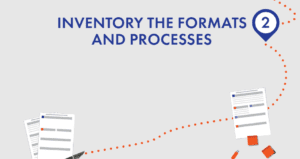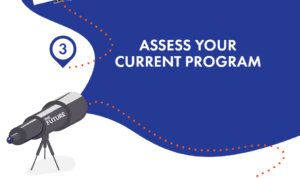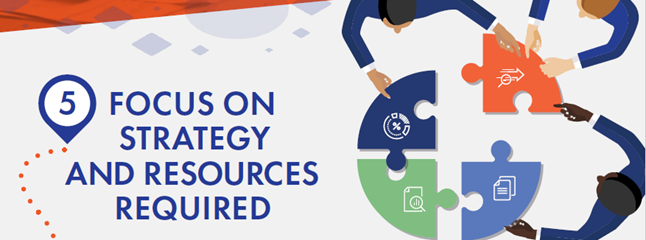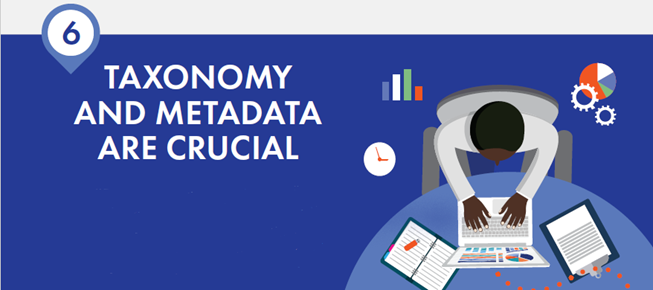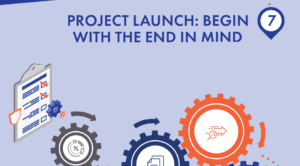
Between COVID-19, wildfires and other events last year, 2020 has become a point in time that many are anxious to put behind them. Words like ‘challenging’, ‘game-changing’, and ‘ever-changing’ would describe the year mildly.
It has, if nothing else, taught us many things, including resilience in the face of adversity.
Information management professionals are applying what they’ve learned in their strategic roadmaps. This allows them to construct integrated information management plans that build in flexibility in anticipation of continuous change, enabling them to ensure optimal productivity throughout the pandemic and beyond.
Anatomy of a strong integrated information management plan
A strong integrated information management program should help organizations remain compliant, competitive, and in control. A key part of that should include a 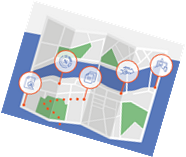
In a few of those teachable moments from 2020, organizations realized, first and foremost, that they needed to be ready to pivot rapidly in order to be responsive to client’s needs.
To support our own clients, Access developed a roadmap on how to build an Integrated information management plan that empowers organizations to reach their goals in both the long and short run. Following are those 10 steps to getting started.
Step 1: Map Your Journey
As with any initiative, you have to start somewhere. In this case, where you want to build a roadmap and a comprehensive information management plan, you need to begin by outlining what your driving influences and desired outcomes are and work backwards from there. To do this, you need to understand the people, processes and goals affecting the project to determine how you’ll arrive at your final destination on time and on budget.
Step 2: Inventory the Formats and Processes

Your organization could be paper-intensive, digital-first or somewhere in between. Assessing your format types and associated content will establish what you have to work with and where the gaps are so you can begin to plan for those according to priorities and goals.
Step 3: Assess Your Current Program

Take a look at your current information program. It’s likely that it has parts that are working well and others that are not. The goal in this step is to assess what is working and why, and for the parts that need work, assess why they’re not satisfactory and begin the process for finding more effective solutions that offer continued optimization.
Step 4: Determine Timeline and Budget
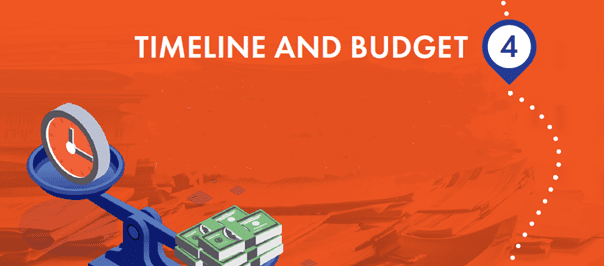
COVID-19 has forced businesses to rethink and address their current Information Management capabilities, as well as their longer-term strategies. Access’ Integrated Information Management Roadmap helps organizations create their internal plan for digital transformation.
Step 5: Focus on Strategy and Resources Required
Successful outcomes require strategic oversight with a clear understanding of competing needs and priorities across the organization. In this step, you should consider what skills and time you can dedicate to the project, what resources are available in-house and enlist the help of experts when needed and with designated budget.
Step 6: Include a Focus on Taxonomy and Metadata
Regardless of how you store your information, retrieval is the trickiest part to master. Make the development, mapping and application of a consistent taxonomy and metadata schema a project priority to ensure project and future process success.
Step 7: Project Launch – Begin with the End in Mind
As stated in the beginning of this article, when it comes time to planning the launch of your project, you need to start with the outcomes and work backwards to plan the ‘how’. Taking your current solution and shoehorning it into a new solution rarely works. What results from that approach are clunky systems that are poorly adopted with time and budget wasted. Avoid that mistake by starting off on the right foot.
Step 8: Considerations for Paper-Intensive Environments
One of the most important considerations when planning your integrated information management strategy is whether the right people can access the documents they need consistently. If there is a requirement for remote access to information, which is quite common with so many remote workers today, then your solution will likely involve some digitization. How much you need to digitize will depend on a variety of factors and objectives.
Step 9 – Considerations for Digital-First Environments
Many digital solutions are easy to adopt and tough to control. The results can be unorganized chaos that increases your compliance and security risks. To avoid that challenge, seek out a technology solution that can be implemented in a way that automates compliance and security.
Step 10 – Partner with the Experts.
You are not alone on this journey. Work with Access and we’ll help you complete an Assessment Checklist (included in the ebook below) and provide expert advice about the pros and cons of each option available. You can set your goals and prioritize the most important next steps together!
For more in-depth guidance on building an integrated information management strategy, check out our eBook, Integrated Information Management: A Roadmap with Considerations for Properly Assessing Your Organization’s Information Priorities.


